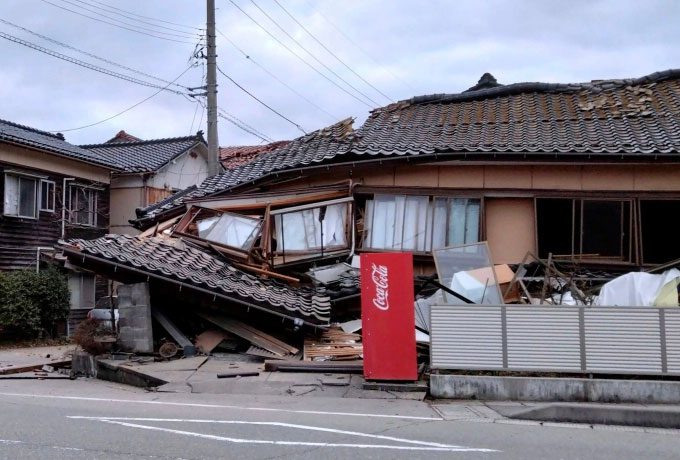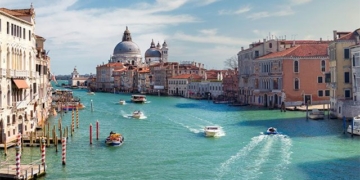According to Kyodo News, the Ishikawa Prefecture government has confirmed that the death toll has risen to at least 4 people. Approximately 30 individuals have been injured in Ishikawa and other neighboring prefectures.

Devastation in Wajima after the strong earthquake.
Authorities previously received reports of 6 people trapped under the rubble of a collapsed house in the earthquake-affected area. The earthquake triggered a tsunami and fires in Ishikawa Prefecture, with numerous homes and roads damaged. In Ishikawa, about 32,500 households experienced power outages.
The Japan Meteorological Agency issued a special warning about the risk of a tsunami reaching heights of over 3 meters in the Noto Peninsula of Ishikawa, later downgrading the warning a few hours after. The agency reported that a tsunami measuring 1.2 meters hit Wajima Port in the prefecture.
The earthquake was felt over a wide area, from Hokkaido in northern Japan to Kyushu in the southwest of the country. According to the weather agency, the epicenter of the earthquake was located approximately 30 kilometers northeast of Wajima, with a preliminary depth of 16 kilometers. The agency warned that in the coming days, aftershocks with seismic intensity of up to 7 could occur in heavily affected areas.
The Japan Disaster Management Agency reported that over 97,000 people across 9 prefectures have been advised to evacuate. According to the Ministry of Defense, approximately 1,000 individuals have evacuated to an Air Self-Defense Force base in Wajima, where they are being provided with blankets, drinking water, and food.
According to local media and authorities, both North Korea and South Korea issued tsunami warnings for coastal areas on the eastern part of the Korean Peninsula. The Russian government has also issued a tsunami warning for the western coastal area of Sakhalin in its Far East region following the earthquake in Japan.



















































